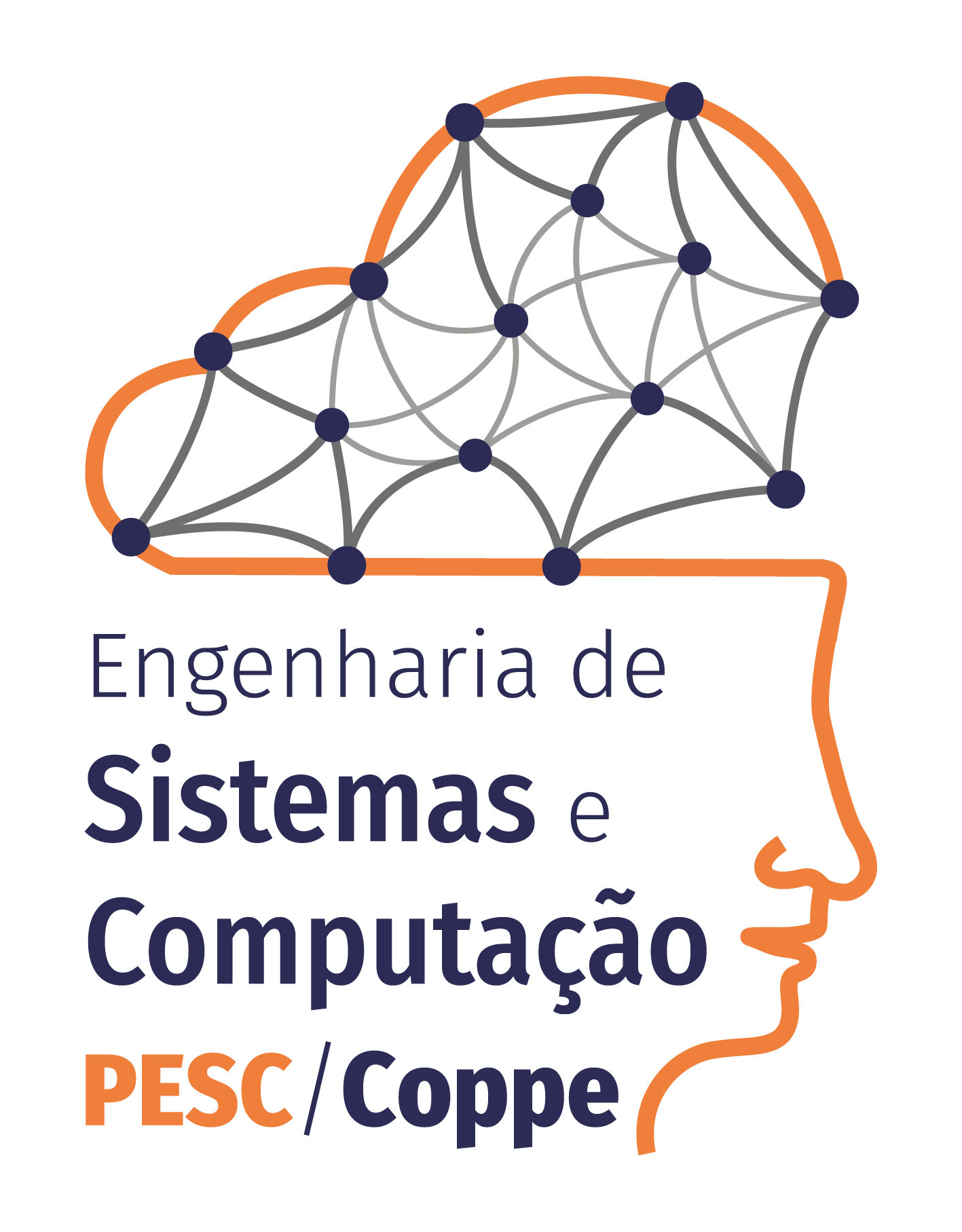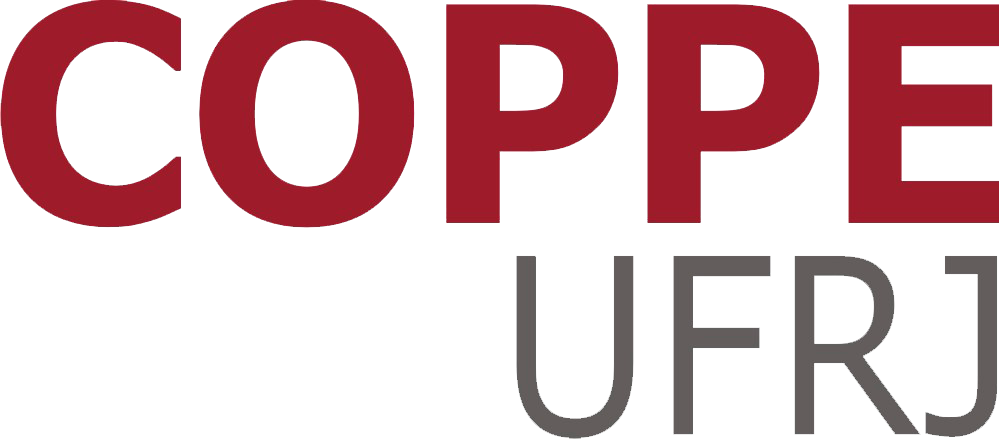Recent years have seen a surge in research of text processing applications that perform semantic-oriented inference about concrete text meanings and their relationships. Even though many applications face similar underlying semantic problems, these problems are usually addressed in an application oriented manner, which makes it hard to see whether progress is being made or not. Recognizing Textual Entailment (RTE) has been proposed some ten years ago as a solution to this problem of measuring semantic progress in an application independent fashion.
RTE is a generic task that captures major semantic inference needs across many natural language processing applications such as Question Answering, Information Retrieval, Information Extraction, and Text Summarization. This task requires to recognize, given two text fragments, whether the meaning of one text is entailed (can be inferred) from the other text. Several international competitions have been run, first by the PASCAL (Pattern Analysis, Statistical Modelling and Computational Learning) EU-project then by NIST(National Institute of Standards and Technology) via the TAC (Text Analysis Conference) to focus efforts on general textual inference capabilities, but without constraining participants to use a specific representation or reasoning approach.
In this talk we discuss the challenges of textual entailment, some of the systems developed for this task and then go on to describe our own attempts at solutions, first with the Bridge system from Xerox PARC, using TIL (Textual Inference Logic), more recently in the context of rewriting systems. We are taking our first steps towards a rewrite framework for textual inference using TIL, implemented in the computational tool Maude and demonstrate by example that how this implementation can be used for solving some instances of the textual inference problem. This is joint work with Vivek Nigam, from UF Paraiba
Biografia resumida
Valeria de Paiva é matemática, lógica e cientista da computação, baseada em Sunnyvale, CA, EUA. Trabalha como Pesquisadora Sênior no novo Laboratório de Inteligência Artificial e Entendimento de Linguagem Natural da Nuance Communications, usando lógica para melhorar comunicações com sistemas computacionais. Antes da Nuance foi pesquisadora, por muitos anos, do Laboratório de Sistemas Inteligents do PARC (Palo Alto Research Center) e também foi analista de buscas em Cuil, e em Rearden Commerce, atualmente Deem. Tem doutorado pelo Depto de Matemática Pura da Universidade de Cambridge, UK, por seu trabalho com "Categorias Dialéticas" e vem desde então se dedicando as abordagens lógicas e matemáticas aos problemas computacionais. Faz parte do corpo editorial de "Theoria and Applications of Categories", "Logical Methods in Computer Science" e da revista "Logica Universalis". É também "Honorary Research Fellow" da "School of Computer Science, University of Birmingham" (UK), onde foi Professora Assistente. Recentement foi professora de lógica nas universidades de Stanford e Santa Clara, na Califórnia.
 Valeria de Paiva, Senior Research Scientist, Nuance Communications, USA
Valeria de Paiva, Senior Research Scientist, Nuance Communications, USA

.png)

.png)

